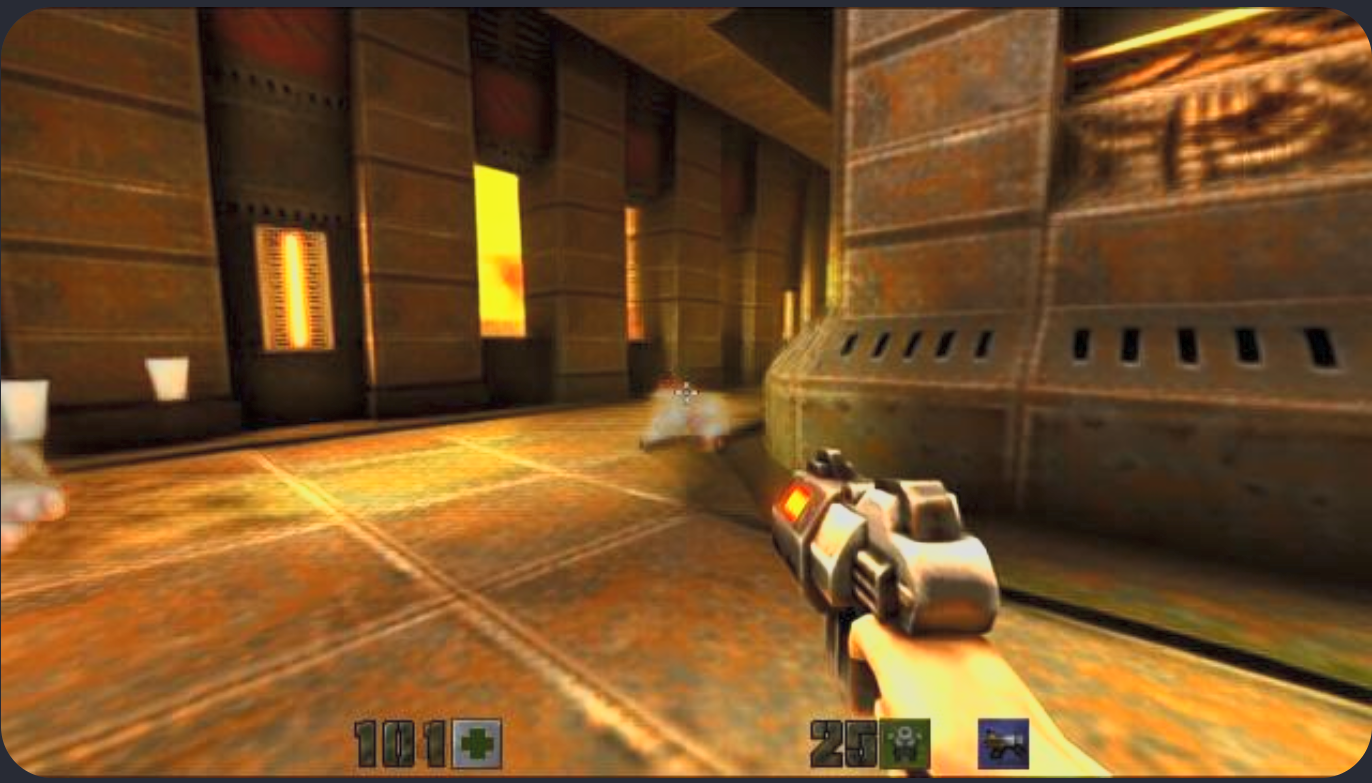Yesterday,Microsoftunveiled WHAMM, a generative AI model for real-time gaming, as demonstrated in its demo starring the 28-year-old classicQuake II. The interactive demo responds to user inputs via controller or keyboard, though the frame rate barely hangs in the low to mid-teens. Before you grab your pitchforks,Microsoftemphasizes that the focus should be on analyzing the model’s quirks and not judging it as a gaming experience.
WHAMM, which stands for World and Human Action MaskGIT Model, is an update to the original WHAM-1.6B model launched in February. It serves as a real-time playable extension with faster visual output. WHAM uses an autoregressive model where each token is predicted sequentially, much like LLMs. To make the experience real-time and seamless, Microsoft transitioned to a MaskGIT-style setup where all tokens for the image can be generated in parallel, decreasing dependency and the number of forward passes required.

WHAMM was trained onQuake IIwith just over a week of data, a dramatic reduction from the seven years required for WHAM-1.6B. Likewise, the resolution has been bumped up from a pixel-like 300 x 180 to a slightly lesspixel-like 640 x 360. You can try out the demo yourself atCopilot Labs.
The model’s ability to keep track of the existing environment, apart from the occasional graphical anomaly, while simultaneously adapting to user inputs, is impressive, regardless of the atrociously bad input lag. You can shoot, move, jump, crouch, look around, and even shoot enemies, but ultimately, it’s no more than a fancy showcase and can never substitute the original experience.

As expected, the model isn’t perfect. Enemy interactions are described as fuzzy, the context length is limited, the game incorrectly stores vital stats like health and damage, and it is confined to a single level.
This announcement follows OpenAI’s latest Ghibli trend, which has garnered a lot of negative attention. While I’m no artist, there’s a certain human element to every piece of creative work that AI cannot truly recreate. Yet, with AI’s current rate of development, we might see that fully AI-generated games and movies could be a reality within the next few years, and that’s where things are heading.
The sweet spot lies in AI enhancing, not replacing, creative works, likeNvidia’s ACEtechnology, which can power lifelike NPCs. Parts of this technology are already integrated into the life simulation gameinZOI. From a technological point of view, WHAMM still represents a step up fromprevious attempts, which were often chaotic, incoherent, and teeming with hallucinations.
Get Tom’s Hardware’s best news and in-depth reviews, straight to your inbox.
Hassam Nasir is a die-hard hardware enthusiast with years of experience as a tech editor and writer, focusing on detailed CPU comparisons and general hardware news. When he’s not working, you’ll find him bending tubes for his ever-evolving custom water-loop gaming rig or benchmarking the latest CPUs and GPUs just for fun.